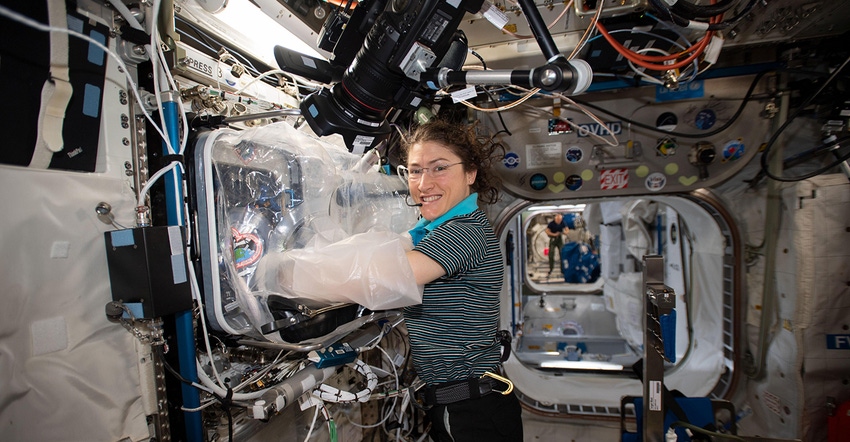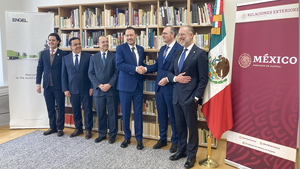International Space Station’s BFF 3D Prints Human Tissue
The upgraded BioFabrication Facility (BFF) aims to prove that microgravity is conducive to bioprinting. The ultimate goal is to print human organs in space for patients needing transplants on Earth.
November 4, 2022

The BioFabrication Facility (BFF), a 3D printer capable of printing human tissue, is returning to the International Space Station as soon as this month. First deployed in 2019, when it successfully printed a partial human knee meniscus and human heart cells, it will evaluate the printing of knee cartilage tissue using bio-inks and cells on this latest mission. The upgraded BFF-Meniscus-2 will be part of the payload on the Northrup Grumman resupply mission that is scheduled for liftoff no earlier than Nov. 6.
The 3D bioprinter tests whether microgravity enables the printing of tissue samples of higher quality than those printed on the ground, explains NASA in a news release on its website. Ultimately, 3D bioprinting technologies could help alleviate organ shortages for patients in need of transplants by printing replacement organs and tissues.
Bioprinting in microgravity eliminates need for scaffolds
Techshot, the company behind the BFF which was recently acquired by Redwire, said that printing complex organ structures in microgravity eliminates the need for scaffolding to support complex tissue shapes. Under Earth’s gravity, 3D bioprinting typically uses hydrogels to grow new tissue from existing patient cells, but it initially requires a support structure to form the tissue’s desired shape. However, conventional scaffolding is not designed to support the small, complex shapes found in vascular or lymph node pathways, NASA explains. Researchers have also tried to crosslink polymers within the hydrogel to guide new tissue growth, but the crosslinking agents that work within the required time frame proved to be toxic to existing cells.
Minimal gravity removes the need for scaffolding, and Redwire’s intent is to use the BFF as a platform for researchers to print organ-like tissues and begin to prove viability for human organ fabrication in space.
A critical step in the process that connects tissues printed in space with their implantation into patients on Earth is the BFF’s counterpart — the Advanced Space Experiment Processor (ADSEP). This adjoining processing facility on the International Space Station cultures and conditions the cells once they have been printed.
The shape of 3D-printed organs to come
“The strengthening, or curing, process is what allows us to create these nice 3D structures that hold their shape,” says Molly Mulligan, Redwire Business Development Director for In-Space Manufacturing and Operations. “If you just brought back the print, it would collapse under Earth’s gravity, but once it’s cured, we can return it to Earth with no issue,” she explains in an article on the website of ISS National Laboratory, which is sponsoring the BFF-Meniscus-2 mission.
The tissues are allowed to strengthen in the ADSEP for several weeks, enabling researchers to return solid tissue either alive or preserved for future analysis. “With this system, we can show that we can not only print but also culture these tissues, and that’s a real breakthrough,” says Mulligan.
The BFF/ADSEP system also enables chemical and mechanical stimulation and potentially even vascularization of the printed tissues. They can then be used to create models for drug discovery and to test novel therapies in addition to helping address the organ shortage.
“Besides providing a clear benefit to our lives on Earth, advancing this technology on the International Space Station now is a great way to prepare for work on the commercial space stations of the future, which could be outfitted with critical research technology such as BFF,” said Redwire Executive Vice President of In-Space Manufacturing and Operations John Vellinger.
About the Author(s)
You May Also Like




